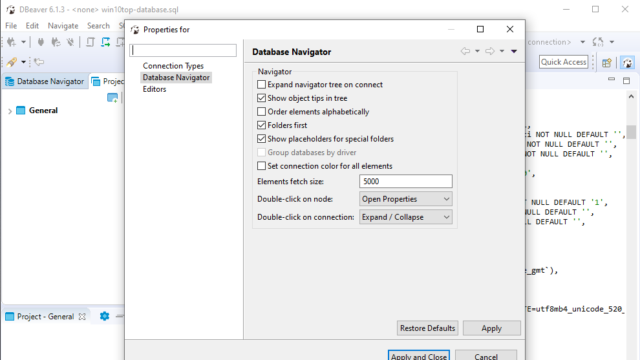

- Download cellprofiler analyst software 64 bit Patch#
- Download cellprofiler analyst software 64 bit code#
The following feature names have changed: CellProfiler 2.1.0 divides the number of touching pixels by the perimeter of the object (the maximum possible number of touching pixels) and multiplies by 100.
Neighbors_PercentTouching - The percent touching calculation in CellProfiler 2.0 mistakenly divided the number of touching pixels by the area of the object and multiplied by 100 to get the percent touching. The calculations for the following measurements have changed since CellProfiler 2.0 (11710) and yield substantially different results: Measurements that have changed substantially Many outstanding issues have been addressed, described here. Users can take advantage of the extended functionality of ImageJ 2.0 in addition to ImageJ 1.0 support. We have added new image operations, thresholding methods, and measurements. In the interim between the CellProfiler 2.0 (11710) and the 2.1.0 release, we’ve moved our version control from SVN to GIT ( ) and we now use the Github repository issue tracking system to file and resolve issues. The help and welcome screen have been extensively revised to make them easier to use and more complete. We provide Linux release and trunk builds for CentOS and Ubuntu. The change lowers CellProfiler’s memory footprint, especially for long runs, provides incremental measurement output and has paved the way for alternative uses of the HDF5 file. Previously, measurements were stored in memory and written to a Matlab format file at the end of the run. Measurements are now preferentially stored as HDF5 files which are written to disk during the course of the analysis. Measurements saved to disk as HDF5 files during processing. CellProfiler is still optimized to run on a single core when headless. In addition to the increased utilization of CPU resources, this multiprocessing mode allows the workers to run in a 64-bit address space on OS/X even though the UI process is constrained to a 32-bit address space. It starts a number of worker processes and partitions its work among them. CellProfiler now utilizes multiple cores in analysis mode, which allows for faster processing without any user intervention necessary. The legacy input modules, LoadImages and LoadSingleImages can still be used as before and the LoadData module can both be used as before and can be used with an image set list exported from a project. CellProfiler 2.1.0 assembles large image sets much more quickly than its predecessor and caches image sets in many circumstances to allow quick start-up times for pipelines. The file list and pipeline are now stored in a project file. These four modules operate on a list of paths to image files, extracting metadata, filtering and grouping them into channels. CellProfiler has four new modules-Images, Metadata, NamesAndTypes and Groups-that are designed to assemble CellProfiler’s image sets in a more flexible and intuitive form. New input modules and project storage files. The CellProfiler 2.1.0 release enhances CellProfiler in eight general areas: This will not affect most assays, but you may want to confirm this and continue to use 2.1.0 if reproducibility is a concern. We have fixed a bug in the “fill holes” algorithm which will likely result in slightly different (and we feel, better) segmentations for IdentifyPrimaryObjects and IdentifySecondaryObjects modules with the “fill holes” option enabled. Improving the compositing of overlays on images.  Adding a caching layer to image file handling which should improve performance for image stacks.
Adding a caching layer to image file handling which should improve performance for image stacks. Download cellprofiler analyst software 64 bit code#
Improvements to the code behind the input modules to address issues with color image stacks. Download cellprofiler analyst software 64 bit Patch#
Version 2.1.0 (rev 0c7fb94) released on ĬellProfiler 2.1.1 is a scheduled patch release whose primary purpose is to address any issues in 2.1.0.Version 2.1.1 (rev 6c2d896) released on.We keep a listing of unimplemented modules/data tools vs.This page contains brief release notes detailed descriptions of improvements and bug fixes are here.This page is now deprecated, future release notes can be found on the releases page.






 0 kommentar(er)
0 kommentar(er)
